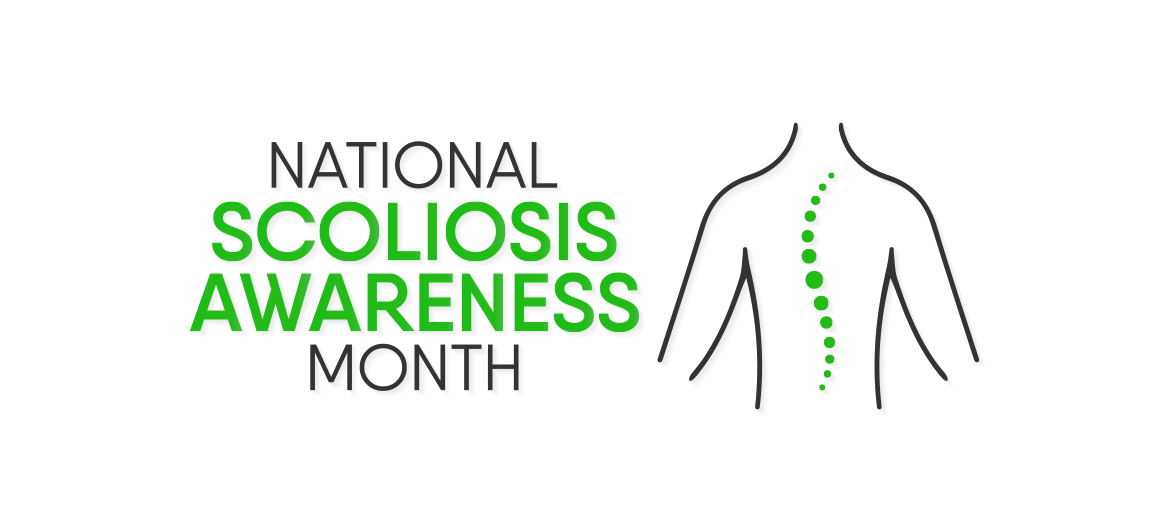Each June, the nation recognizes Scoliosis Awareness Month to highlight the growing need for education and awareness about scoliosis and related spinal conditions. Below we share more about what scoliosis is, how to screen for it, and the treatment options available, including a long-acting, non-opioid medication to treat pain after surgery.
What is scoliosis?
Scoliosis is one of the most common spinal disorders, affecting an estimated six to nine million people in the U.S. It occurs when the vertebrae rotate, causing an abnormal curve of the spine. Idiopathic scoliosis – which means the cause is unknown – comprises about 80% of all cases.
Most patients who experience scoliosis are between the ages of 10 and 15 years old. And while scoliosis occurs equally among both males and females, females are eight times more likely to need treatment.
How do you screen for scoliosis?
Because scoliosis can appear at any time during a child’s growing years, it is essential that the spine be checked regularly until growth is complete. There are several signs that may indicate the possibility of scoliosis, including:
- Uneven shoulders, or one or both shoulder blades sticking out
- The appearance that the head is not centered with the rest of the body
- Uneven hips or one hip sticking out more than the other
- Pushed out ribs
- Back pain and discomfort
- The appearance that the two sides of the back are different heights when bending forward
How can scoliosis be treated?
Depending on its severity and the age of the patient, scoliosis can be managed by observation, bracing, exercise and/or surgery.
- Observation: Children with a mild spinal curve may not need immediate treatment. If your doctor is concerned that the curve may increase, he or she may recommend regular observation every four to six months for the child.
- Bracing: One study found that 80% of children with scoliosis were able to successfully stop curve progression with the use of a brace (when used correctly and for the proper amount of time). To ensure the effectiveness of a brace, you should check the fit regularly and ensure your child wears their brace every day for 16-23 hours until growth stops.
- Exercise: A scoliosis-specific exercise program, developed by a physical therapist, can be used to help elongate the trunk and correct imbalances of the spine. The goal is to slow the progression of the spinal curve by strengthening the inner muscles of the rib cage. This approach is often used to treat scoliosis patients ages 10 and older, and can be utilized in all stages of scoliosis, including after surgery.
- Surgery: About 38,000 scoliosis patients undergo spinal fusion surgery in the U.S. each year. In children, the two primary goals of surgery are to stop the curve from progressing during adulthood and to diminish spinal deformity.
If your child is preparing to have surgery for scoliosis, ask about non-opioid options that can manage their pain and provide an enhanced recovery experience. There are now long-acting, non-opioid medications to treat pain in patients as young as 6 years old that can help reduce or, in some cases, eliminate the need for opioids – avoiding unnecessary opioid exposure among this vulnerable population.

